15 Foods Most People Love While Others Find Them Absolutely Disgusting
Food is a universal experience, yet our tastes can be incredibly diverse. Millions adore some dishes, while others fascinate and repulse. The following is a list of 15 polarizing foods, often dividing people into passionate fans or firm detractors.
Whether it’s the texture, flavor, or even the idea behind these foods, they elicit strong reactions from those who encounter them.
Durian

The “king of fruits” in Southeast Asia, durian is known for its potent odor, which can be off-putting to some. Its custard-like flesh has a unique combination of sweet and savory flavors. Fans describe it as a rich, creamy delight with hints of almond, while detractors can’t get past the smell, likening it to rotten onions or sewage. Its strong aroma has led to it being banned in many public places across Asia.
Cilantro
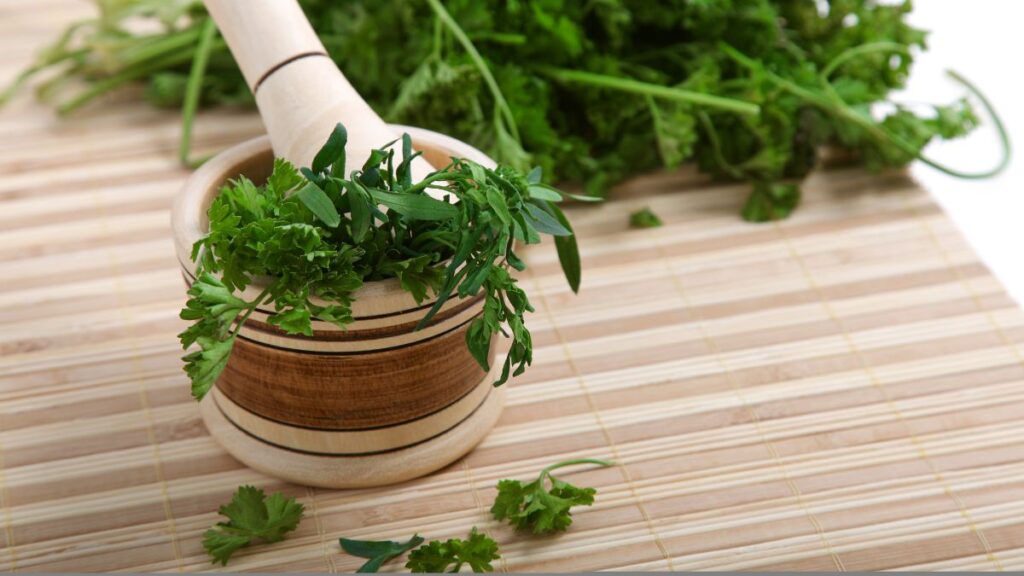
Also known as coriander, cilantro is a common herb in many cuisines, from Mexican to Thai. Its fresh, citrusy flavor brightens up dishes. However, due to a genetic trait, cilantro tastes overwhelmingly soapy for a portion of the population. Depending on the eater’s genetic makeup, this divisive herb can transform a meal into either a culinary delight or a ruined experience.
Anchovies

These small, oily fish are packed with umami and saltiness, making them a favorite in Mediterranean and Asian cuisines. They are often used as a savory addition to pizzas, salads, and sauces. However, their strong, briny flavor and pungent aroma can be too intense for some. Eating tiny, whole fish with visible bones and eyes is also a major turn-off for many.
Blue Cheese
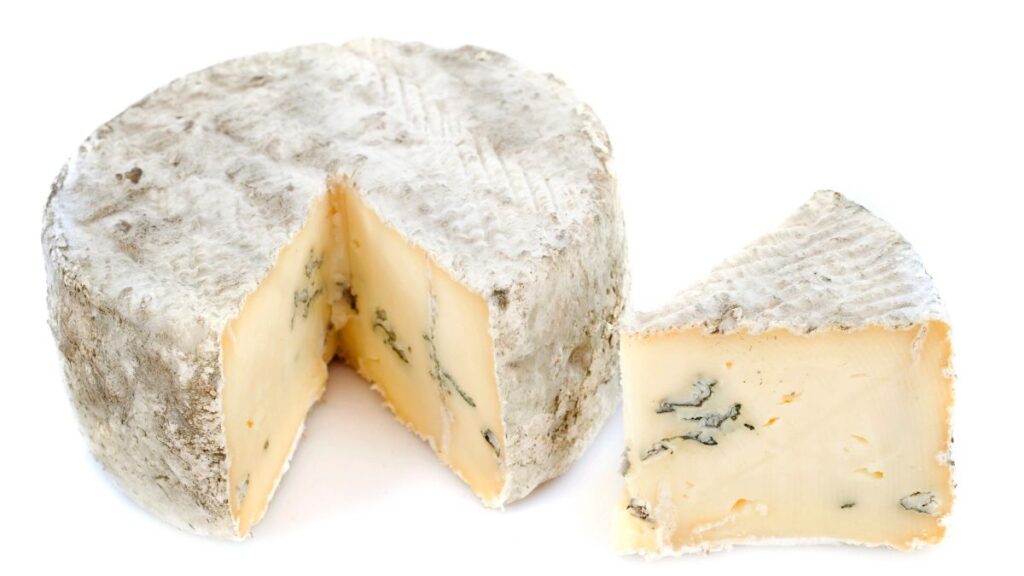
Blue cheese is made with cultures of the mold Penicillium, which gives it distinctive blue or green veins. It has a strong, tangy, slightly spicy flavor that cheese connoisseurs love. On the other hand, the moldy appearance and pungent aroma can be off-putting. For those unaccustomed to its taste, blue cheese can seem more like a science experiment gone wrong than a culinary delicacy.
Olives
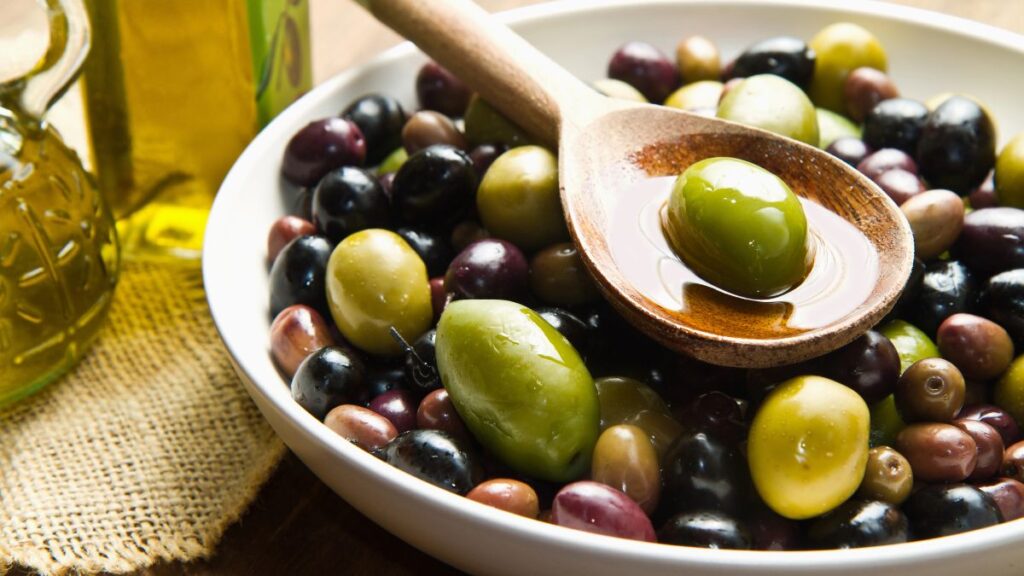
Olives are a staple in Mediterranean cuisine, known for their rich, salty, and sometimes bitter taste. They are enjoyed in various forms, from whole olives to olive oil. While many appreciate their complex flavors and health benefits, others find them unpalatable due to their briny bitterness. The texture can also be a sticking point, with some finding it too firm or rubbery.
Black Licorice

Black licorice is a candy flavored with extract from the root of the licorice plant. It has a distinct, anise-like sweet and slightly bitter taste. Fans love its unique flavor, often describing it as a nostalgic treat. Conversely, many people can’t stand its medicinal taste, comparing it to cough syrup or herbal remedies. This candy remains a classic example of a love-it-or-hate-it treat.
Tofu

Tofu, or bean curd, is a versatile soybean protein source. Its mild flavor absorbs the seasonings and sauces it’s cooked with. Tofu is a staple in vegetarian and vegan diets, praised for its nutritional benefits. However, its bland taste and sometimes mushy texture can be unappealing to those unfamiliar. The idea of eating “bean curd” also doesn’t help its reputation among skeptics.
Marmite

Marmite is a dark, savory spread made from yeast extract, popular in the UK and Australia. It has a strong, salty, umami flavor that fans describe as deeply satisfying. To others, Marmite’s taste is overwhelmingly bitter and far too salty, making it inedible. Its divisive nature is encapsulated in the slogan “Love it or hate it,” reflecting the extreme reactions it provokes.
Sardines

Sardines are small, oily fish typically canned in oil, water, or sauce. They are rich in omega-3 fatty acids and have a robust, fishy flavor. Many people enjoy them on toast, salads, or snacks. However, their pungent smell, intense taste, and the presence of small bones can be off-putting. For some, eating a whole fish, bones and all, is too much to handle.
Brussels Sprouts

Brussels sprouts are small, leafy green vegetables that look like miniature cabbages. When appropriately cooked, they have a nutty, slightly sweet flavor and a pleasant crunch. Unfortunately, overcooked Brussels sprouts become mushy and release a sulfurous odor that many find repulsive. This vegetable’s reputation for bitterness and unpleasant smell stems from poor preparation methods, leaving a lasting impression on many taste buds.
Bitter Melon

Bitter melon is a tropical fruit used in various Asian cuisines. It has a distinctive, warty appearance and a sharp, bitter taste. Proponents praise its medicinal properties and unique flavor that pairs well with strong spices. Critics, however, find the bitterness overwhelming and unpleasant. Even a small amount of bitter melon can dominate a dish, making it a challenging ingredient for many palates.
Kimchi
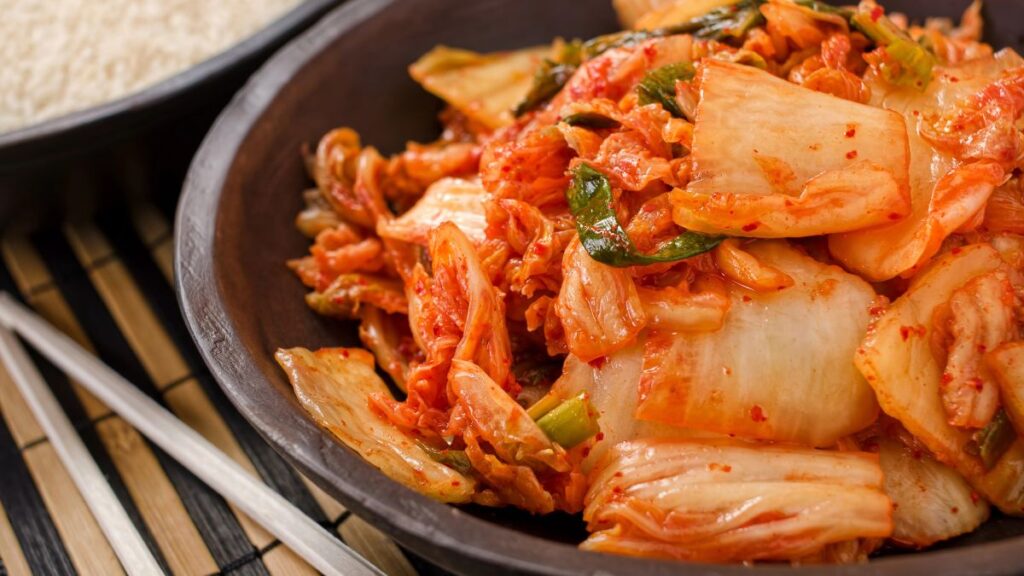
Kimchi is a traditional Korean dish made from fermented vegetables, typically cabbage and radishes, with a variety of seasonings. It has a complex flavor profile that is tangy, spicy, and slightly sweet. Fermentation gives kimchi its distinctive sourness and strong aroma, which can be off-putting to some. While it’s celebrated for its probiotic benefits and bold taste, others find the smell and flavor too intense.
Liver

Liver, whether from chicken, beef, or other animals, is a nutrient-dense organ meat. When cooked correctly, it has a rich, slightly metallic flavor and a tender texture. Liver is a staple in many traditional dishes around the world. Despite its nutritional benefits, many people are put off by its strong taste and the idea of eating organ meat. The texture can also be unappealing, with some finding it too grainy or chewy.
Okra
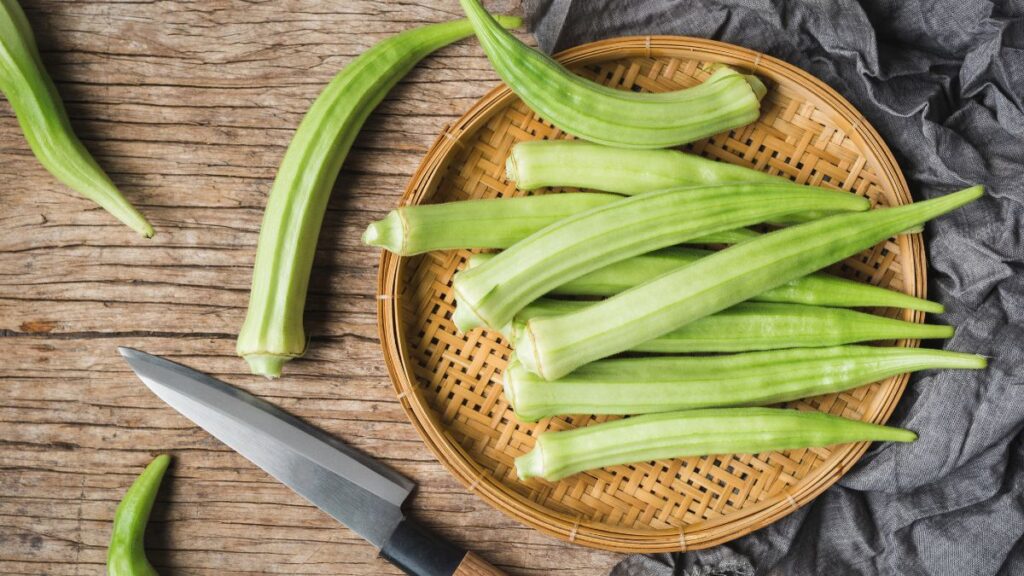
Okra is a green, pod-like vegetable commonly used in Southern, Indian, and Middle Eastern cuisines. It has a mild taste and a unique texture, often becoming slimy when cooked. This “slime,” or mucilage, is a natural thickener for soups and stews. However, the sliminess is a major turn-off for many people, making okra a polarizing vegetable. Fans appreciate its subtle flavor and nutritional benefits, while detractors can’t get past the texture.
Natto

Natto is a traditional Japanese dish made from fermented soybeans. It has a strong, pungent smell, a sticky, slimy texture, and a distinct, savory flavor. Natto is highly nutritious and a staple in Japanese cuisine, often eaten for breakfast. However, its unique combination of smell, texture, and taste can be challenging for those unfamiliar with it. The sight of the sticky strings that form when natto is stirred is enough to deter many potential tasters.
20 Foods No One Can Afford Anymore Due To Inflation

With the ever-rising living costs, some foods have become luxury items that only the wealthiest can afford. From exotic delicacies to once-affordable staples, the price hikes have made certain foods out of reach for the average consumer.
20 Foods No One Can Afford Anymore Due To Inflation
15 Foods Only The Wealthy and Elite Can Eat Now

Culinary trends are constantly evolving, and some foods have become more than just sustenance—they’ve become status symbols reserved for the elite.







